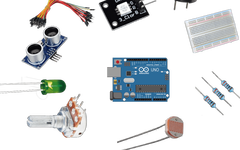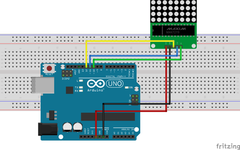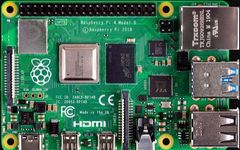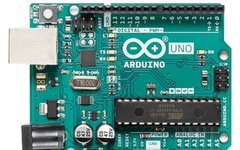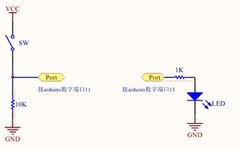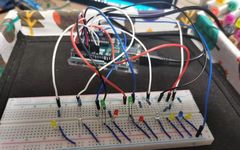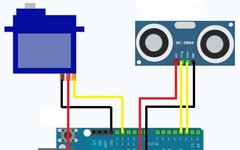How Beginners Can Start Learning Arduino
In portfolios, you often see many devices implemented with Arduino, which could be interactive devices or artistic installations. Many students are interested in Arduino and enjoy working on related projects, finding them very engaging. Today, Teacher Cheng from Mark Pen Design Study Abroad will talk about Arduino-related knowledge to help interested students get started. Arduino … Read more
